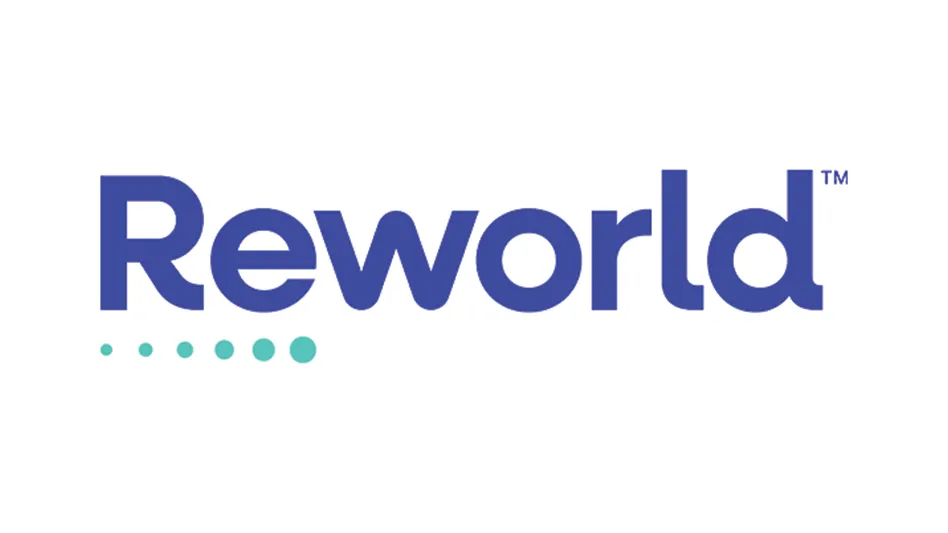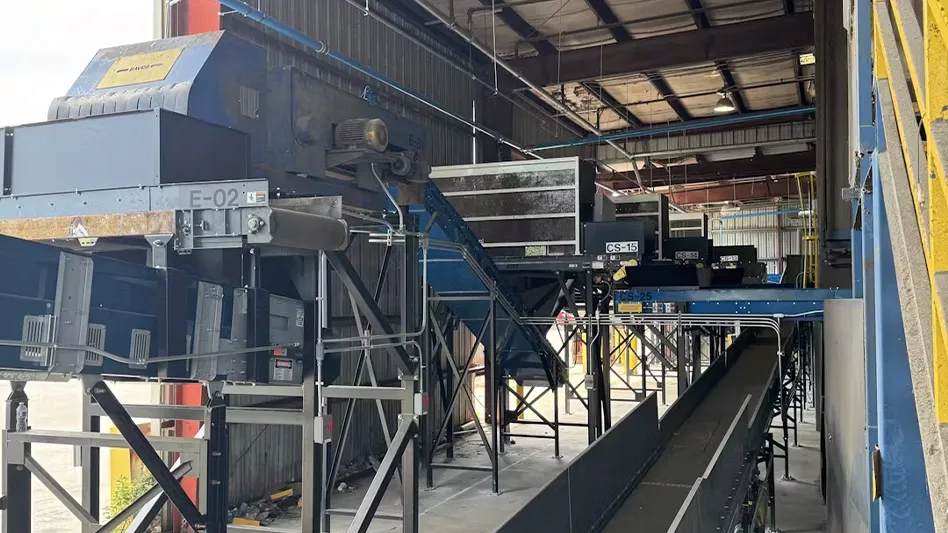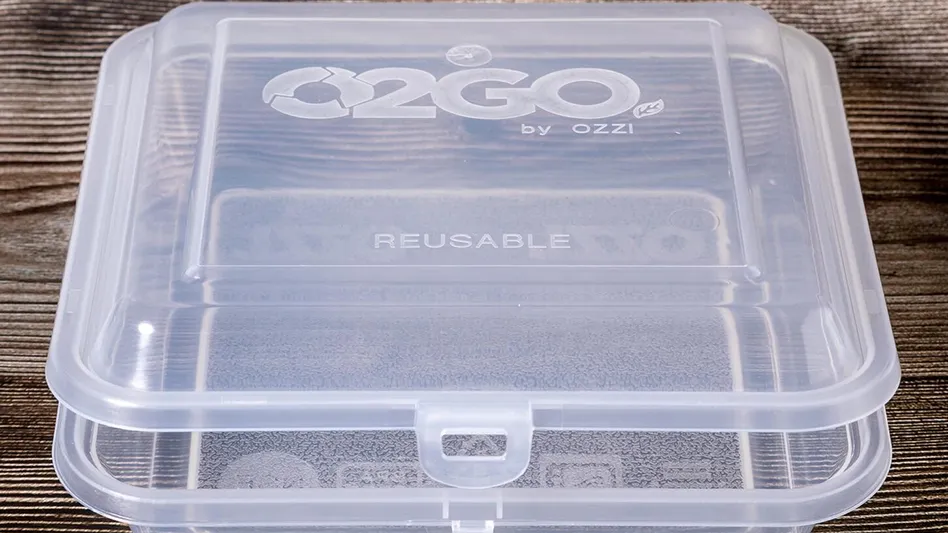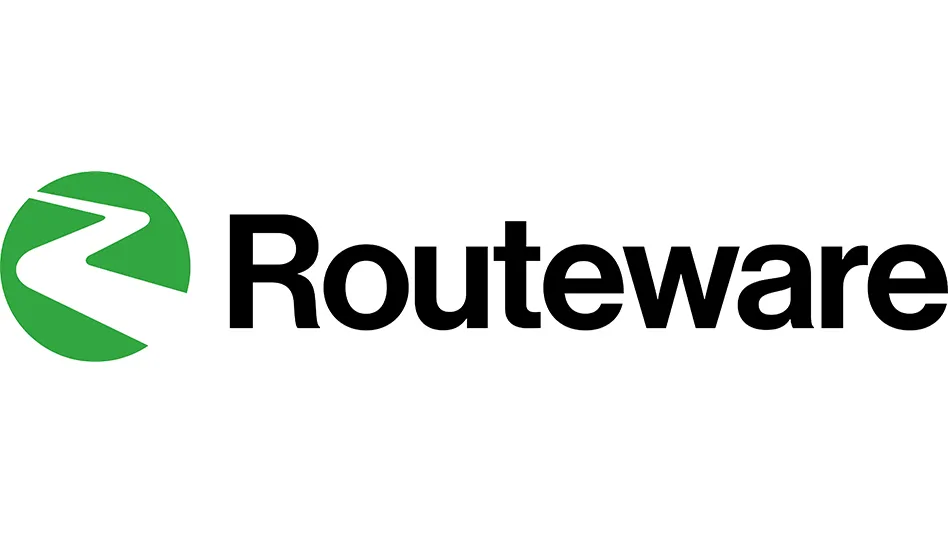 Ferrous scrap shippers in the United States in June sold their prompt industrial grades to domestic mills for about the same as May’s prices, but mills were able to get other grades for a few dollars per ton less.
Ferrous scrap shippers in the United States in June sold their prompt industrial grades to domestic mills for about the same as May’s prices, but mills were able to get other grades for a few dollars per ton less.
Pricing survey data for June spot buying from the Raw Material Data Aggregation Service (RMDAS), compiled by Management Science Associates’ (MSA), Pittsburgh, showed that mills paid an average of $1 per ton more for prompt industrial grades on the spot market in June versus the month before.
While the industrial grades (No. 1 busheling, No. 1 bundles and No. 1 factory bundles) were holding steady, mills were able to buy shredded scrap for an average of $11 per ton less nationally and No. 1 heavy melting steel (HMS) for $16 per ton less.
Regionally, some of the biggest price swings occurred in the RMDAS South region (consisting of Alabama, Arkansas, the Carolinas, Florida, Georgia, Louisiana, Mississippi, Oklahoma, Tennessee, Texas and part of Virginia). There, mills paid $13 per ton more for prompt industrial grades while paying $15 per ton less for No. 2 shredded and No. 1 HMS.
One scrap trader recalls that such swings used to be considered major, but the past few years have caused a change in perspective. “The volatility has increased so much,” he comments. “It used to be that a $5 per ton move was a big move; now $5 is considered sideways.”
On the supply side, a recycler in the Gulf Coast region says scale prices are sufficient to keep obsolete scrap coming in steadily but industrial scrap production remains modest. In this recycler’s region, the once booming real-estate market remains in a post-bubble depression, with little construction or demolition activity occurring to generate scrap.
In the West, a recycler has seen similar conditions this spring. “Volumes have held into the early summer,” he remarks. “Industrial production is creeping back—and that’s the best word—while the peddler business has been maintained because prices are still good for those types of collectors.”
In this recycler’s market region, “Construction activity seems to be getting much busier, and, therefore, demolition as well,” he says.
The tepid state of industrial production is a contributing factor to the continued strength in pricing for prompt grades.
The spread in value between prompt industrial grades and shredded scrap was more than $100 per ton in all three RMDAS regions and the spread was more than $120 per ton between prompt grades and No. 1 HMS.
Another factor contributing to the considerable price spread between these grades, according to recyclers, is that the container export market for shredded scrap and the HMS grades has been restrained in May and June.
“We still get some inquiries and orders, but not as actively as earlier in the year,” says one recycler. Adding to the muted container export picture is a return to tightness in container availability, recyclers are reporting.
On the demand side, domestic steelmakers in the week ending June 12 produced 1.8 million tons of steel, according to the American Iron and Steel Institute (AISI). Mills ran at 74.6 percent of capacity for the week, up from the 47 percent capacity rate they were at during the same week in 2009.
Compared to the previous week, mill production was up slightly but essentially steady with the 73.8 percent capacity rate for the week ending June 5.
Globally, the month of May was a busy one for steelmakers in the 66 countries that report production figures to Brussels-based Worldsteel. The group’s figures show that 124 million metric tons of steel were produced in May, up from 122 million metric tons produced in April.
As with domestic steel production, the world figure represents a healthy jump from what was occurring one year ago. Global production in May 2010 was 29 percent higher than the May of 2009 figure of 96.2 million metric tons.
In May 2010, nations showing a boost in steel production compared to the month before include China (up 700,000 metric tons), the United States (up 300,000 metric tons), Brazil (up 150,000 metric tons) and Turkey (up 120,000 metric tons).
(Additional information on ferrous scrap, including breaking news and consuming industry reports, can be found at www.recyclingtoday.com.)
JUNE 2010 SPOT PRICING
Total U.S. |
North Central/East |
North Midwest |
South |
|
Prompt Industrial Composite |
$453 |
$455 |
$451 |
$432 |
#1 HMS |
$319 |
$326 |
$325 |
$306 |
#2 Shredded Scrap |
$345 |
$349 |
$346 |
$338 |
#2 Shredded/Change vs. Month Before |
-$11 |
-$9 |
-$8 |
-$15 |
Compared to many recent months, the June spot market was less volatile, with mills paying within a few dollars per ton for most grades of what they paid in May. Reported regional aggregated spot market prices per gross ton shown for each commodity are based on all Management Science Associates’ (MSA), Pittsburgh, Raw Material Data Aggregation Service (RMDAS) participants’ actual order data submitted to and processed by MSA as of the 20th of each respective “buy month,” rounded to the whole integer. A map of RMDAS regions is available at http://rmdas.msa.com, as is a further explanation of RMDAS methodology and an accompanying disclaimer. No. 2 shredded scrap is defined as containing .17 percent or greater copper content. The prompt industrial composite consists of an average of No. 1 bundles, No. 1 busheling and No. 1 factory bundles. Additional pricing information on each grade can be found at www.RecyclingToday.com. © 2010 Management Science Associates Inc. All rights reserved RMDAS is a trademark of Management Science Associates Inc. |
||||

Explore the July 2010 Issue
Check out more from this issue and find you next story to read.
Latest from Recycling Today
- Meeting the decarbonization challenge
- Cyclic Materials expands leadership team
- Paper cup acceptance at US mills reaches new milestone
- EPA announces $3B to replace lead service lines
- AMCS showcasing Performance Sustainability Suite at WasteExpo
- New Way and Hyzon unveil first hydrogen fuel cell refuse truck
- Origin Materials introduces tethered PET beverage cap
- Rubicon selling fleet technology business, issuing preferred equity to Rodina Capital





